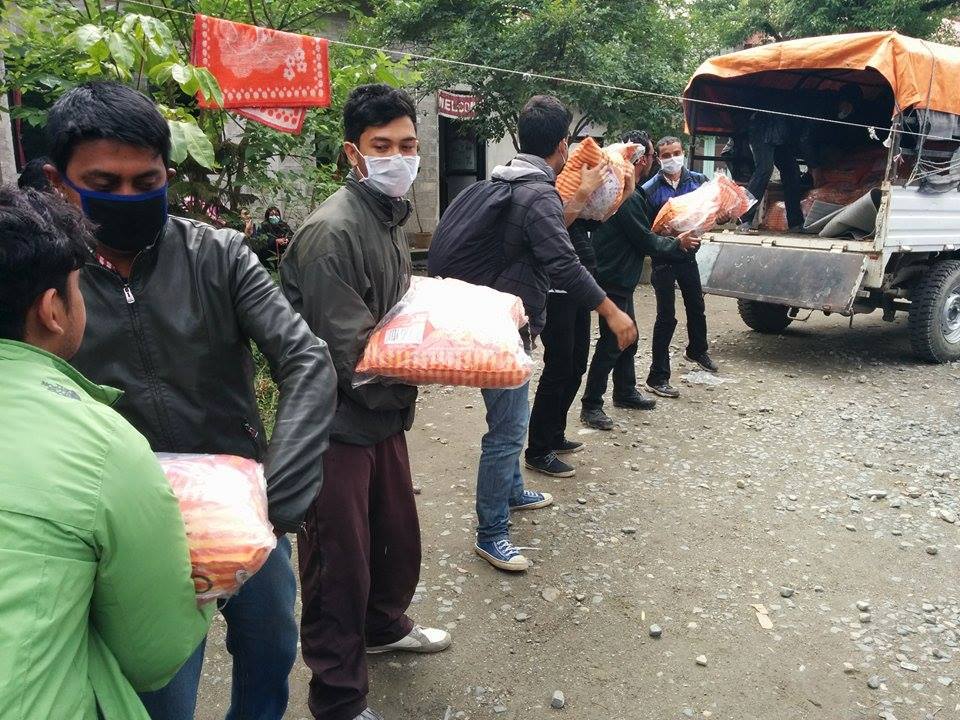The Strategic Approach of WHR
WHR’s strategic plan (2019-2023) focuses on five themes.
Nepal often faces high magnitudes of various natural hazards such as floods, landslides, earthquakes, fire, cyclonic winds, hailstorms, cloudbursts, droughts, famines, and epidemics. Different industrial and road accidents, explosions, and hazards induced by poisonous substances are also recorded at times. The entire country falls into a high-earthquake-intensity belt.
The Gorkha earthquake that struck the country on April 25, 2015, killed about 9,000 people and injured nearly 22,000. WHR conducted a survey in 495 single women-headed households after the earthquake, which showed that natural calamities as such destroy means of livelihood and increase workload, and this was the case for the two-thirds of single women affected by the earthquake. Disaster-affected families often lose personal and legal documents necessary to access relief and rehabilitation. Around 24.4% of single women in Kathmandu Valley had lost their property papers, and over 49% of them had lost their citizenship certificates.
In any case, many women in the country lack citizenship, birth certificates, and marriage certificates, mainly due to a lack of awareness or limited direct access to government services, which are otherwise often mediated by their husbands or other men in the household.
Disaster Risk Reduction (DRR) is an integral part of sustainable social and economic development. As per WHR’s commitment towards achieving the Sustainable Development Goals, this strategic theme focuses on preparedness as well as immediate humanitarian responses in the aftermath of any disaster. The theme aims at recognizing both the immediate and long-term needs of single women in the face of such disasters through necessary interventions.

